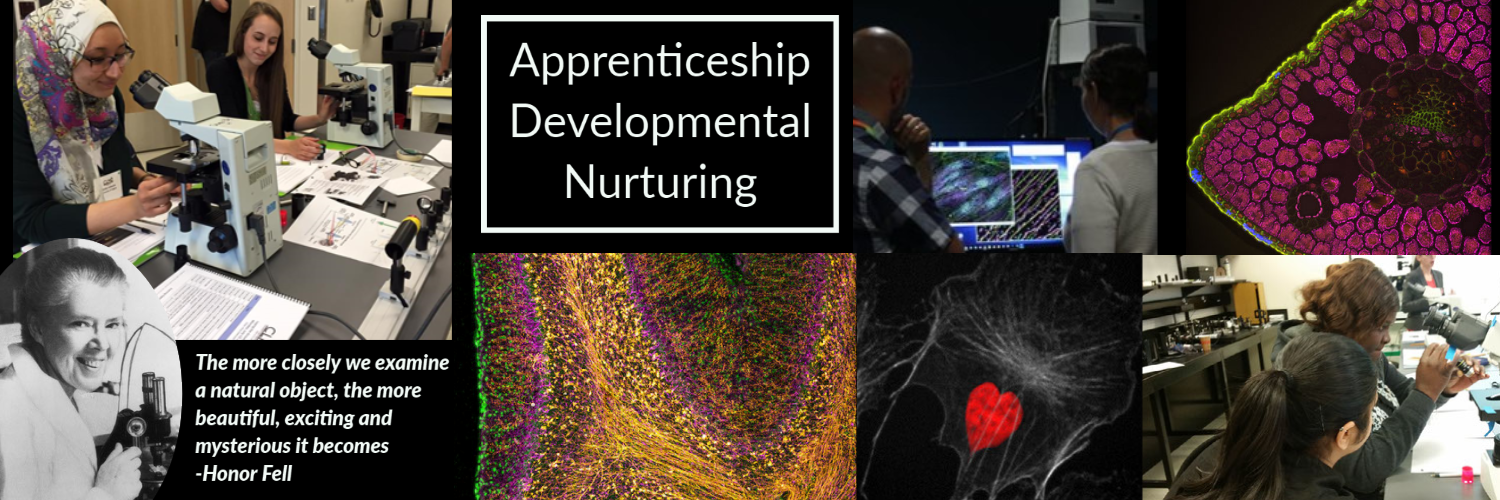
Pina Colarusso, PhD
Director, LCI
In my experience, instruction in optical microscopy is typically didactic, with dense and detailed content. Novices often find these materials overwhelming and impenetrable. When I started teaching, I tried to pack as much information as possible into lectures. I started off teaching how I was taught, but I knew something was off when the learners could not answer questions that required more than rote memorization. I realized that I was out of my depth and needed to learn how to teach effectively.
As I studied and developed my practice as an instructor and facilitator, I started to shift towards active and learner-centred approaches. Over the years, I keep stripping away content while focusing more on depth rather than breadth. I also work hard to develop problem-based and experiential activities that are informed by the practice of research.
The accompanying collage part of homework exercise in one of my Continuing Educations courses in Adult Education. We were asked to take a Teaching Perspectives Inventory, a questionnaire that helps facilitators discover their preferred teaching styles. My responses embodied three perspectives, “apprenticeship, developmental and nurturing,”
Apprenticeship – My teaching approach is grounded in cognitive apprenticeship, a teaching approach that emphasizes scaffolded learning that draws on realistic scenarios. Over the years, I have tried to highlight the implicit as well as the explicit concepts and practices when I teach. In my experience, some imaging practices can be described via text or video, while others are harder to capture without directly observing and interacting with skilled practitioners. In our training and education, we try to highlight this tacit knowledge as what’s obvious to an experienced imaging scientists, may be much less so to a novice.
Developmental – I often take courses when I teach to remind myself at how HARD it is to learn, especially when we juggle so many responsibilities. I recognize that it takes time, dedication and drive to develop expertise and help set up realistic expectations for progress for the learners and their supervisors.
Nurturing – Our lab strives to create a welcoming and supportive environment, where people are free to take risks, ask any question and help each other. +
All images are reproduced with permission and are acquired by students taught and/or mentored by our laboratory. Image permissions of people granted through signed photo release forms.